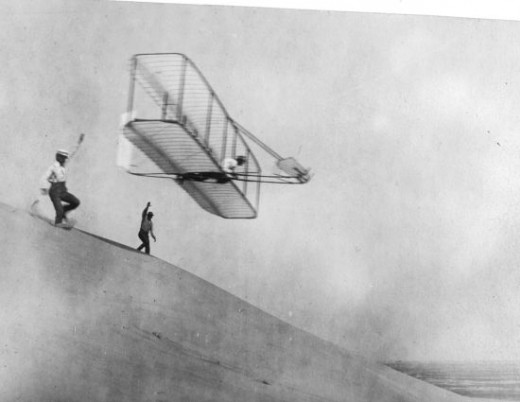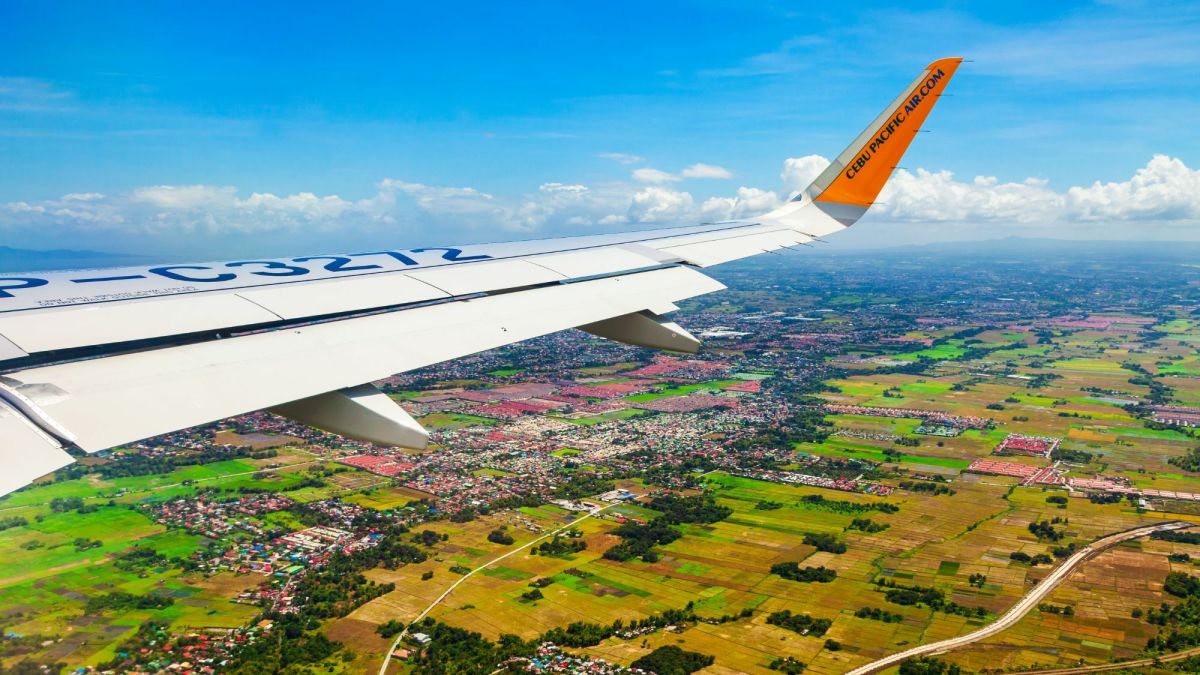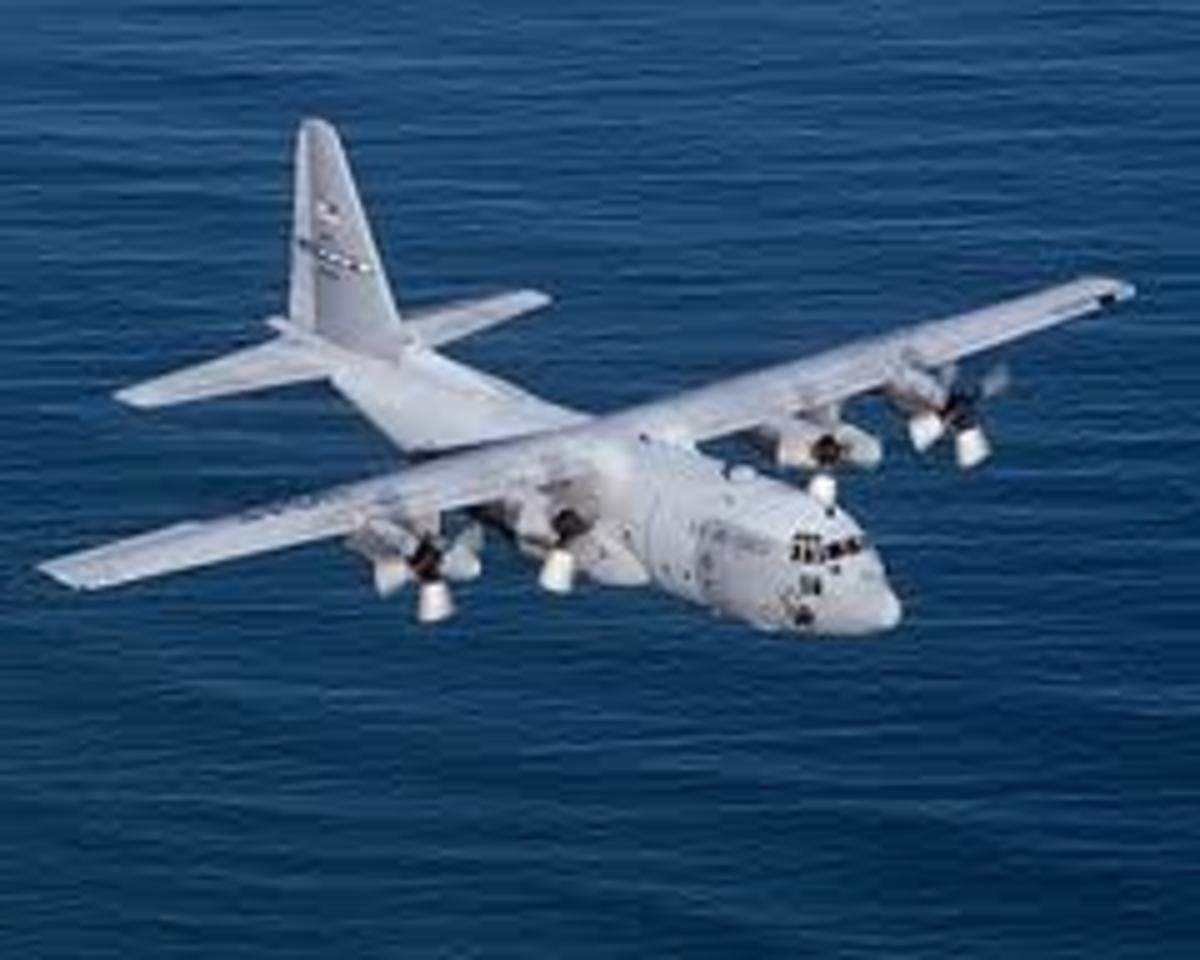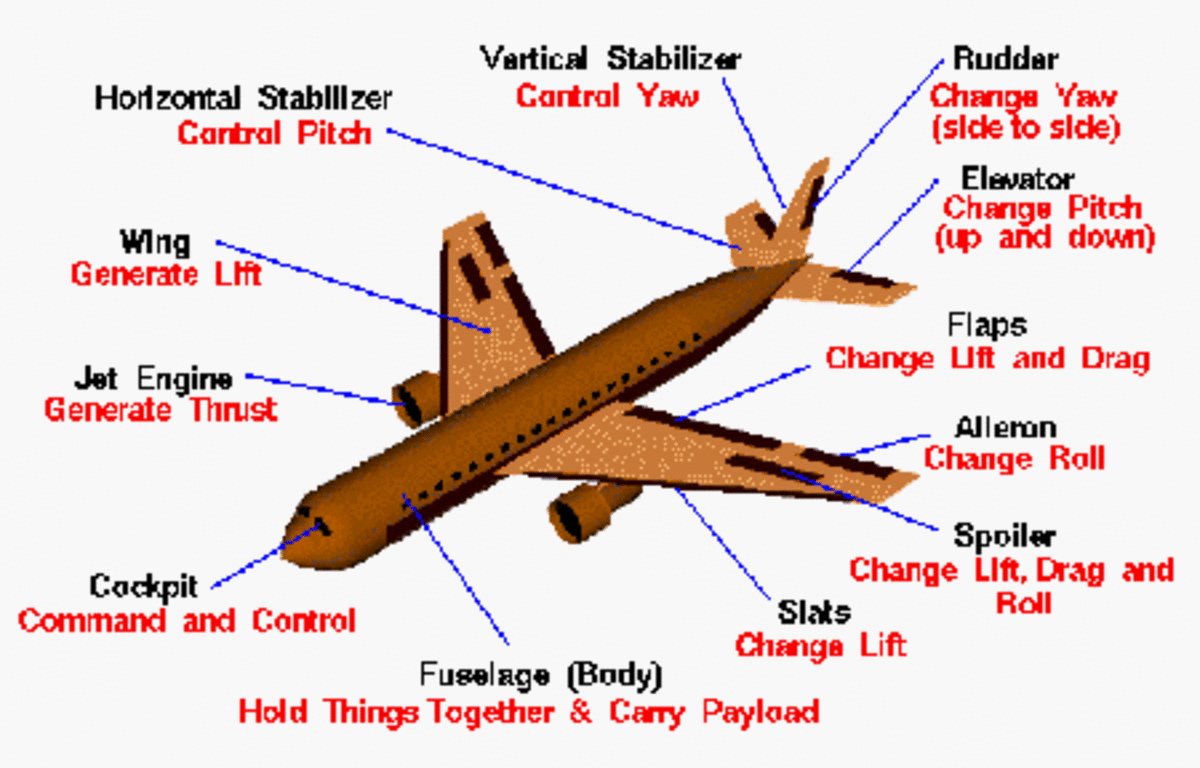Flying 101: Man in flight, a foreword.

Fragile as he sometimes may seem, man has an amazing adaptability to most of the environmental conditions encountered on the earth's surface. His body constantly adjusts to changes in temperature, atmospheric pressure, position, and multiple other factors such as variation in diet and physical activity. The human eye for example, functions over a wide range of light intensity and the ear perceives intelligently whispers and sonic booms. The majority of these adjustments occur without man's effort and usually without his awareness.
Without protective devices, however, man cannot exist for long in the desert heat or arctic cold, perched on top of Mt. Everest or submerged beside a tropical reef. Similarly, he cannot function optimally for any prolonged period flying high above the earth, without a complete understanding of the physical stresses imposed by flight and the special equipment needed to protect him. Man in flight must be considered a compromise with natural laws. This compromise is created in part by his ability to adjust to environmental changes but, more and more with increasing altitude, it is dependent upon protective equipment.
This article/hub is a first in a series of informative articles and tutorials I am writing about space, flight and safety. They are not intended to be for pilots, aviation students and air crew members alone, but for all those who travel by air or who have an interest in flying or aviation. The series aims to transmit an awareness and understanding of physiological stresses encountered by man in contemporary aircraft.
I do hope you enjoy reading them and hopefully learn something along the way.








